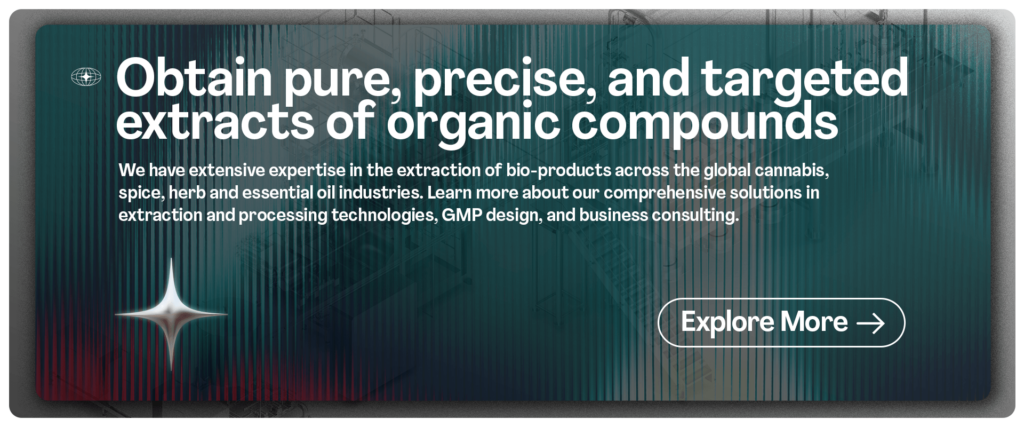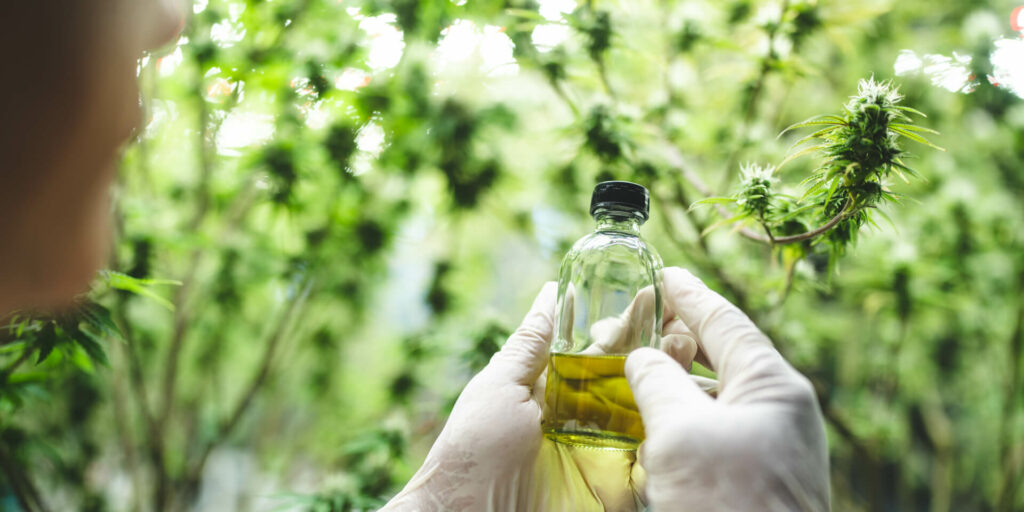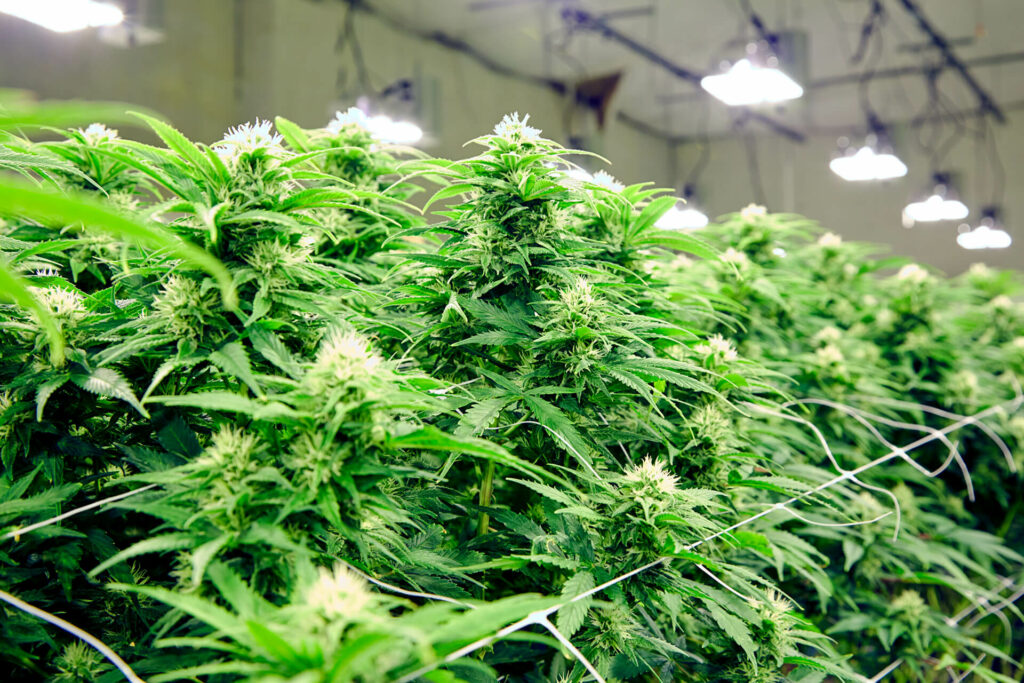The Transformative Role of Supercritical CO2 Extraction in Pharmaceutics
Supercritical CO2 extraction also called CO2 supercritical fluid extraction (SCFE) is a transformative force in pharmaceuticals, revolutionizing drug development and manufacturing. This innovative technique utilizes supercritical carbon dioxide to selectively isolate compounds, ensuring the purity and efficacy of medications. Its eco-friendliness is based on its use of non-toxic carbon dioxide, and reduces environmental impact.
Moreover, being a low temperature process, it preserves heat-sensitive compounds, thereby safeguarding pharmaceutical integrity. Compliant with stringent regulations, it consistently delivers high-purity extracts. In a dynamic pharmaceutical landscape, supercritical CO2 extraction emerges as an effective tool for precision, sustainability, and innovation, setting the stage for a transformative future.

Supercritical CO2 extraction is a vital process in pharmaceutics, offering numerous advantages for the extraction of active compounds from natural sources and the formulation of pharmaceutical products. This method employs carbon dioxide in a supercritical state, where it exhibits both liquid and gas-like properties. Here's a brief overview of the significance of supercritical CO2 extraction in pharmaceutics:
- Selective Extraction: Supercritical fluid extraction process is highly selective, allowing pharmaceutical researchers and manufacturers to target specific compounds in the natural raw material sources. This selectivity is crucial when dealing with complex botanical extracts or raw materials where the goal is to isolate particular active ingredients. For example, in herbal medicine, this method can selectively extract therapeutic compounds while leaving behind undesirable components, ensuring the purity and efficacy of the final pharmaceutical product.
- No Residual Solvents: Conventional extraction methods often involve the use of organic solvents, such as ethanol or hexane, which can leave behind trace amounts in the extracted compounds. In contrast, supercritical CO2 extraction is solvent-free, eliminating the risk of residual solvent contamination. This is of paramount importance in pharmaceutics, where product purity and safety are absolutely non-negotiable.
- Preservation of Thermally Sensitive Compounds: Many pharmaceutical compounds are sensitive to heat and can degrade at high temperatures. Supercritical CO2 extraction operates at relatively low temperatures compared to other extraction methods, making it ideal for preserving the integrity of heat-sensitive bioactive molecules. This is particularly valuable when extracting compounds from delicate botanicals or when working with temperature-sensitive pharmaceutical ingredients.
- Environmentally Friendly: CO2 is considered an environmentally friendly solvent for extraction. It is non-toxic, non-flammable, and readily available. Although a greenhouse gas (GHG), the fact that CO2 is not allowed to escape to the atmosphere and recirculated in the extraction equipment makes the process a non-emitting one. This characteristic makes it an attractive choice for the pharmaceutical industry, aligning with sustainability and environmental responsibility goals. By eliminating the need for ecologically hazardous organic solvents, it reduces the environmental footprint of pharmaceutical manufacturing processes.
- High Yields: The application of supercritical fluid extraction often delivers higher yields of active compounds compared to traditional methods. This efficiency is advantageous for pharmaceutical manufacturers as it maximizes the production of valuable pharmaceutical ingredients, reducing waste and production costs. Higher yields also lead to increased economic viability for pharmaceutical products.
- Scalability: The scalability of supercritical CO2 extraction make it suitable for a wide range of applications in pharmaceutics. It can be used in both small-scale research as well as large-scale pharmaceutical manufacturing. This adaptability allows researchers to develop and optimize extraction processes at the lab scale before scaling up for commercial production, ensuring consistent product quality.
- Reduced Risk of Contamination: The absence of residual solvents or chemicals in supercritical CO2-extracted compounds significantly reduces the risk of contamination. This is essential in pharmaceutics, where even trace amounts of impurities can have adverse effects on drug safety and efficacy. By minimizing the potential for contamination, supercritical CO2 extraction enhances product quality and patient safety.
- Enhanced Bioavailability: Supercritical CO2-extracted compounds often exhibit improved bioavailability. This means that the active pharmaceutical ingredients are more readily absorbed by the body, leading to enhanced therapeutic effects. This property is particularly valuable in drug development, as it can result in more effective medications with lower dosages, reducing the risk of side effects.
- Regulatory Compliance: Pharmaceutical manufacturing is subject to stringent regulatory requirements and quality control standards. Supercritical CO2 extraction aligns well with these regulations, as it produces high-purity extracts with minimal impurities. This ensures compliance with industry standards and regulatory bodies such as the U.S. Food and Drug Administration (FDA) or the European Medicines Agency (EMA).
- Versatility: Supercritical CO2 extraction is a versatile technique that can be applied to various pharmaceutical applications. It is commonly used for extracting active ingredients from botanicals, such as botanical extracts for cosmetics, herbs or medicinal plants, to create herbal medicines. Additionally, it is used in the purification of natural products, where high purity is essential. The extracted compounds can also be used in the formulation of drug products, including tablets, capsules, and topical formulations. This versatility makes it a valuable tool throughout the entire pharmaceutical development and manufacturing process.
Conclusion
Supercritical CO2 extraction is a transformative force in pharmaceuticals. Its precision enables the selective isolation of compounds, enhancing the purity and effectiveness of drugs. Its eco-friendliness, relying on non-toxic carbon dioxide, aligns with sustainability goals and reduces the environmental footprint of pharmaceutical manufacturing. Additionally, its ability to preserve heat-sensitive compounds ensures the integrity of pharmaceutical formulations.
Crucially, this method meets the stringent demands of pharmaceutical regulations, producing high-purity extracts without residual solvents. Its versatility spans the entire pharmaceutical spectrum, from herbal medicine extraction to drug formulation, fostering innovation.
In summary, supercritical fluid extraction process is pivotal in shaping the pharmaceutical landscape. It offers precision, sustainability, and regulatory compliance while preserving compound integrity. This multifaceted significance makes it an indispensable tool for creating safer, more effective, and environmentally conscious pharmaceuticals, reflecting the industry's commitment to advancing global health.



